NEW DELHI: When the results of the ongoing elections in northern Uttar Pradesh state are out on May 11 chances are high that a ‘hung’ assembly would emerge, reflective of the highly fragmented polity in India’s most populous province.
And, like the previous elections held for the Uttar Pradesh assembly in February 2002, India’s two largest political parties, the federally-ruling Congress party and its arch-rival, the pro-Hindu BJP, can be expected to be once again relegated to the margins.
The main political adversaries in the province are lower caste formations — the Samajwadi Party (SP) that represents the middle and lower peasantry and has been ruling Uttar Pradesh over the last three and a half years and its rival the Bahujan Samaj Party (BSP) that counts ‘dalits’ (so-called untouchables) among its main supporters.
Opinion polls suggest that this time the BSP is likely to emerge as the biggest beneficiary of the ongoing elections while the seats obtained by the SP may come down sharply due to strong anti-incumbency sentiments. The BJP is also expected to improve its performance.
The decline of the Congress party in Uttar Pradesh can be traced to the December 1992 demolition, by Hindu zealots, of the 16th century Babri Masjid (mosque). Disappointed Muslim supporters of the Congress — always seen as a party supporting secular values — deserted it over a feeling that the then Congress-led government at the centre sat on its hands while the demolition was going on.
Over the last decade, the importance of Uttar Pradesh in national politics has diminished considerably as India entered a new era of coalition politics. The fragmentation of the polity in the state has not been on linguistic or ethnic lines but along caste and religion resulting in the rise of two strong regional leaders — Mulayam Singh Yadav, leader of the SP and incumbent Chief Minister, and Mayawati (one name) who leads the BSP.
According to pre-poll surveys Mayawati’s BSP now stands the best chance of emerging as the single biggest formation in the state.
“The reason why the BSP will do well is that it has been able to forge a coalition which goes beyond its traditional supporters among the low-castes and include many belonging to the upper-castes,” explains Zoya Hasan, professor of history at New Delhi’s prestigious Jawaharlal Nehru University.
“The ‘dalits’ comprise roughly a fifth of the population of Uttar Pradesh and are geographically evenly spread,” points out Manini Chatterjee, political editor of the ‘Indian Express’ newspaper. She told reporters that many candidates put up by the BSP belong to the upper-castes in a strategic move made by Mayawati, India’s tallest dalit leader.—Dawn/The IPS News Service

















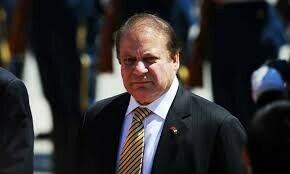

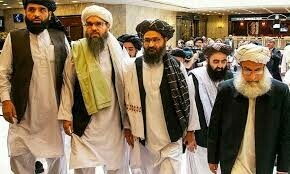





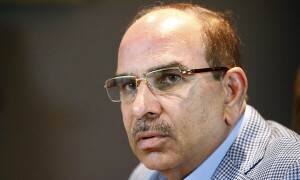



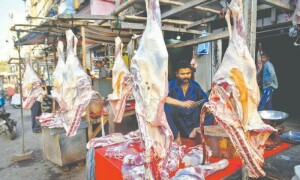


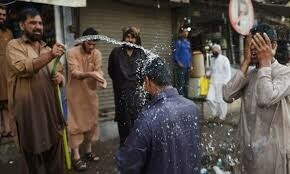
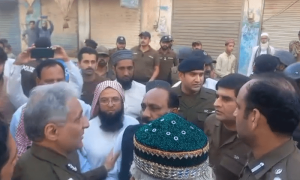












Dear visitor, the comments section is undergoing an overhaul and will return soon.